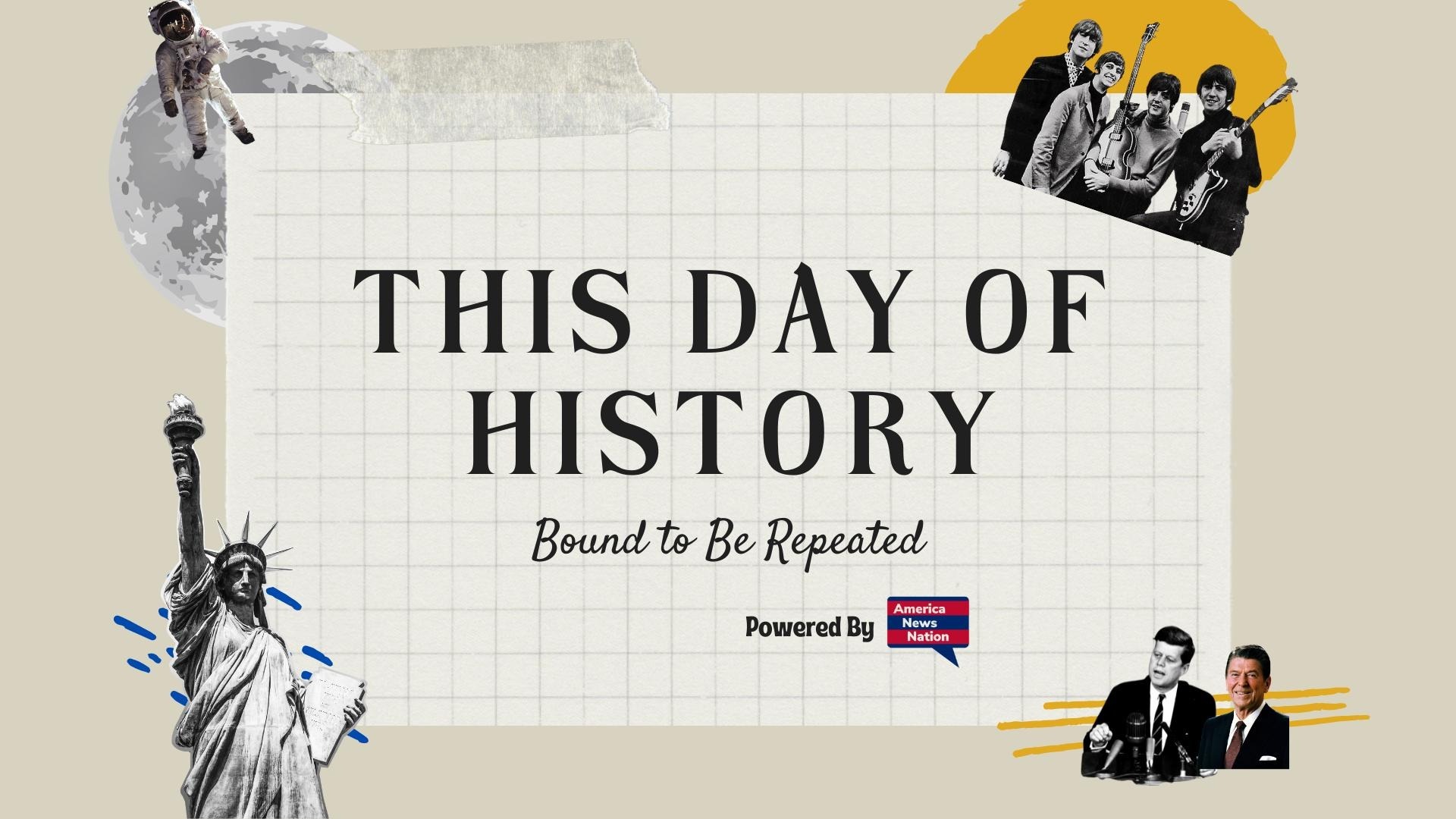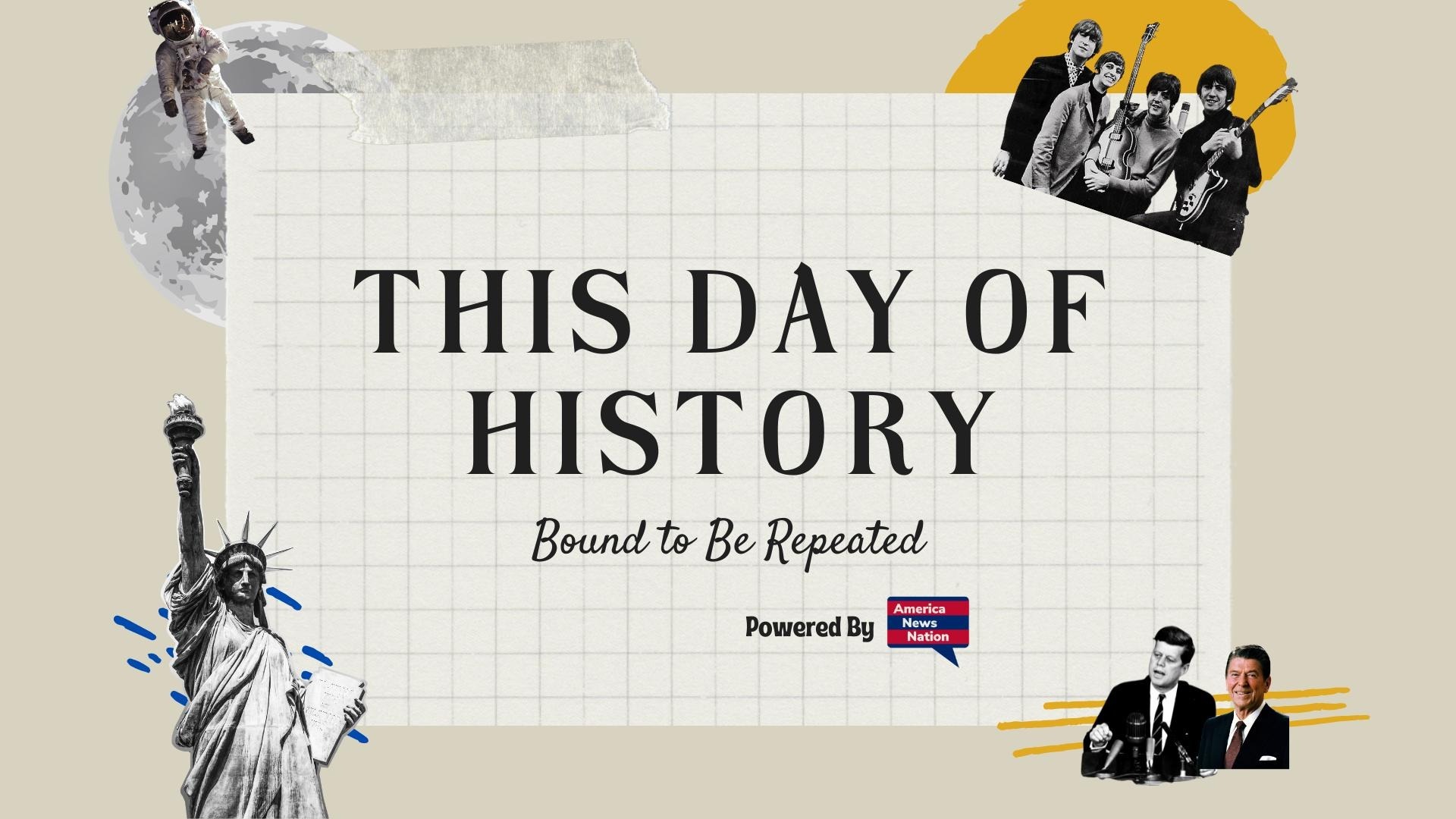By early October 1777, the fate of Britain’s northern campaign hung in the balance. General John Burgoyne’s grand plan—to drive south from Canada and cut off New England from the rest of the colonies—had stalled along the upper Hudson River. His supply lines stretched thin, his Native and Loyalist allies dwindling, Burgoyne’s once-formidable army faced a growing American force entrenched near Saratoga under General Horatio Gates. What followed on October 7—the Second Battle of Saratoga, or the Battle of Bemis Heights—would prove one of the decisive engagements of the American Revolution.
The first clash at Freeman’s Farm on September 19 had ended inconclusively, though it showed the Americans’ newfound discipline and tenacity. In the weeks that followed, Burgoyne’s situation deteriorated. Reinforcements from General Clinton never arrived, provisions ran low, and the morale of his troops began to falter. Across the lines, the American camp swelled with militiamen eager to press the advantage. Gates’s subordinate, the fiery Benedict Arnold—still a patriot then—chafed under orders but prepared for another fight, his instincts for battle as keen as ever.
At midday on October 7, Burgoyne made a fateful decision. Hoping to break the stalemate, he sent roughly 1,500 men forward to probe the American left flank. It was a risky move—undertaken without full reconnaissance and against superior numbers. Waiting for him in the wooded ridges south of Saratoga were American riflemen under Daniel Morgan and Continental regulars commanded by Generals Ebenezer Poor and Enoch Poor. As the British advanced, Morgan’s sharpshooters struck first, cutting down enemy officers and sowing chaos among the redcoats and their Hessian allies.
The engagement quickly expanded into a furious, close-quarters struggle. Arnold, who had been sidelined after quarreling with Gates, could no longer restrain himself. Mounting his horse, he rode headlong into battle, rallying American troops and leading a series of audacious counterattacks. Under his direction, the Americans stormed the key defensive position known as Balcarres Redoubt, then turned on the Breymann Redoubt, where German forces attempted to hold the line. Amid musket fire and smoke, Arnold charged through the breach, taking a wound in the leg but helping to shatter Burgoyne’s right wing. The British line collapsed, and their soldiers fell back toward the main encampment at Freeman’s Farm, leaving the field strewn with dead and captured.
As night fell, Burgoyne’s army was effectively trapped. American forces tightened their noose around the British camp, cutting off any hope of escape or relief. Within days, the remnants of Burgoyne’s army—exhausted, outnumbered, and surrounded—retreated to the village of Saratoga (present-day Schuylerville). There, on October 17, Burgoyne capitulated, surrendering nearly 6,000 men to Gates in one of the most consequential defeats in British military history.
The victory at Saratoga reverberated far beyond the Hudson Valley. For the Americans, it was a turning point—proof that the Continental Army could stand toe-to-toe with Britain’s best. For Europe, it was a signal that the colonial rebellion might succeed. In Paris, Benjamin Franklin seized the moment, persuading France to enter the war openly as an American ally. French arms, ships, and gold soon followed, transforming what had begun as a colonial uprising into an international conflict.





